The World's Fastest Fighter Jets

Speed Fighter Aircraft
What is the fastest fighter jet in the world?
The fastest fighter aircraft ever created is the NASA/USAF X-15. It was an experimental aircraft that looked more like a rocket with wings, but managed to reach a record speed of 7,274 km/h.
The fastest fighter aircraft in the world today is the MiG-25 Foxbat, whose top speed is 3,524 km/h, half that of the X-15.
But how do these aircraft compare to other fastest fighters ever created, as well as military aircraft still in service today?
All of the aircraft mentioned are capable of reaching speeds in excess of Mach 2.0, i.e. speeds in excess of 2,124 km/h, which means that these jets are capable of flying at almost twice the speed of the sound, or even more.
WHAT IS MACH SPEED?
Mach speed is relative to the speed of sound. Sound propagates at a speed of 332 m/s or 1195 km/h, in other words Mach 1.0. When an aircraft travels faster than the speed of sound, it breaks through what is known as the "sound barrier", often resulting in a sonic boom.
Once planes are able to exceed the speed of sound, they become incredible combat machines, intercepting other planes and targets over great distances and at high speed.
The fastest fighter jet ever produced
The NASA/USAF X-15 is the fastest fighter aircraft ever produced. It reached the record top speed of Mach 6.72 or 4,520 mph, more than five times the speed of sound.
The X-125 was an experimental rocket-powered hypersonic aircraft developed in the 1960s and still holds the record for the fastest speed ever recorded by a powered, crewed aircraft.
Of course, many rockets and space vehicles can travel much faster, but as you will see in our ranking of the 10 fastest aircraft of all time, the X-15 was much faster than any other aircraft. reaction. Learn more about the X-15.
The fastest fighter jet in service
The fastest fighter jet is Mikoyan-Gurevich's MiG-25 Foxbat, capable of Mach 3.2 or 2,190 mph.
Although not as fast as some experimental or retired aircraft, the MiG-25 is the only aircraft in service capable of speeds in excess of Mach 3.0, making it by far the ultimate fighter fastest in service today.
A Russian-made interceptor introduced in 1970, the MiG-25 remains, more than 50 years later, one of the fastest fighter aircraft of all time and, although no longer produced and in limited service, it is still used by a few air forces around the world.
The 10 fastest fighter jets in the world
1. NASA/USAF X-15 - Mach 6.72 (7.274 km/h)

- Made in the USA
- Cost: N/A
- Role: EXPERIMENTAL
- Speed: MACH 6.72
A high-speed, rocket-powered experimental research aircraft, the X-15 was a joint operation of NASA and the United States Air Force.
The result was more of a rocket than a fighter, but it showed what was possible when jet planes used rockets rather than... jet planes.
Developed throughout the 1960s, only three aircraft were built. They were attached to two modified B52 bombers that carried the X-15 before launching it into the air.
Eight of the twelve pilots who flew with the X-15 reached an altitude greater than 80 km. This met the Air Force spaceflight criteria, which automatically qualified these pilots as astronauts.
Military pilots qualified for the Astronaut Wing, while civilian pilots received the NASA Astronaut Wing 35 years after the X-15 last flew.
2. Lockheed SR-71 Blackbird - Mach 3.4 (4,023 km/h+)

- Made in the USA
- Cost: $34 MILLION*.
- Role: RECOGNITION
- Speed: MACH 3.4
With a top speed half that of the X-15, the Lockheed SR-71 Blackbird may seem slow in comparison, but it remains one of only five aircraft ever produced capable of exceeding Mach 3.0.
The SR-71 is the fastest fighter ever, considering the X-15 was more rocket-based, and the fastest fighter ever produced and used in service .
Used by both NASA and the USAF, the SR-71 was developed in the 1960s for reconnaissance missions.
The last SR-71 was retired from service in 1999 by NASA, as many reconnaissance missions are now carried out by satellites.
In addition to flying fast, the Blackbird was capable of flying at high altitudes for extended periods. While some jets can climb high, many cannot fly at high altitudes, but the SR-71 could easily fly to 25,000 meters, making it perfect for reconnaissance from a safe distance.
There is no doubt that the SR-71 was fast: it got from New York to London in just 1 hour 54 minutes and 56.4 seconds, while even the Concorde of the time took 2 hours and 52 minutes.
3. Lockheed YF-12 - Mach 3.2 (3.661 km/h)
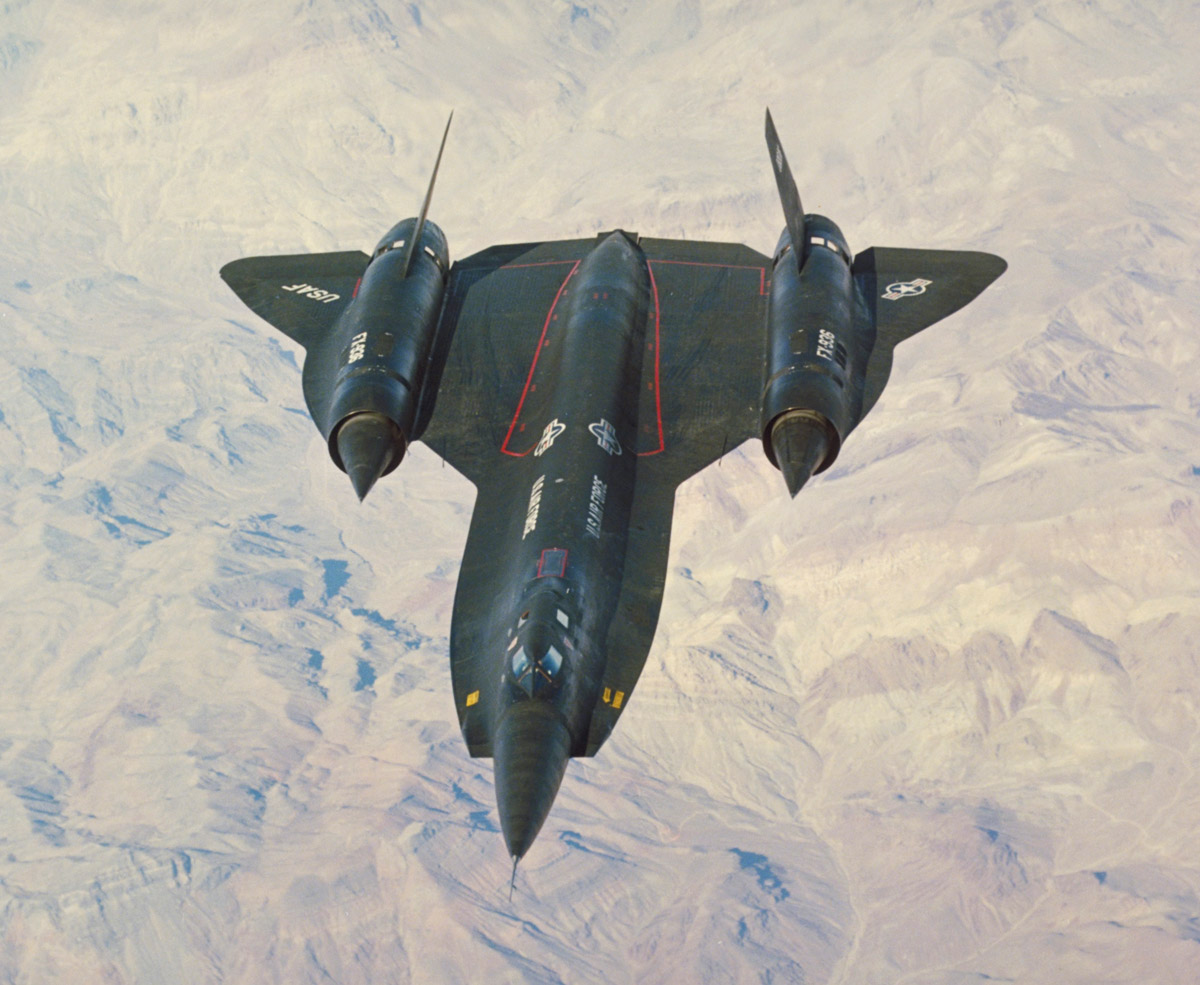
- Made in the USA
- Cost: $18 MILLION
- Role: PROTOTYPE
- Speed: MACH 3.2
The Lockheed YF-12 was the predecessor and prototype of the SR-71 Blackbird. Development began in the late 1960s, when three YF-12s were produced as prototype interceptor aircraft to replace the F-106 Delta Dart interceptor.
During the developmental era, the USAF was devoting funds to the Vietnam War and other military priorities.
After being retired by the USAF, the YF-12 became a research aircraft for NASA before serving as the basis for the SR-71 which was later put into production and served with the USAF.
4. MiG-25 Foxbat - Mach 3.2 (3.524 km/h)

- Made in RUSSIA
- Cost: $60 MILLION
- Role: INTERCEPTOR
- Speed: MACH 3.2
Still in limited service today, the MiG-25 Foxbat is the only aircraft capable of reaching speeds in excess of Mach 3.0 used by the Air Force.
Developed in the 1960s, the MiG-25 quickly became one of the fastest fighter jets of all time and held that record for over 50 years.
Although more modern variants have been adopted, such as the MiG-31 and the MiG-29, the MiG-25 still plays a role as an interceptor and for reconnaissance missions with a few air forces around the world.
Nearly 1,200 devices were produced, but production ended. When the MiG-25 is finally retired from service, there will currently be no other jet aircraft capable of reaching Mach 3.0 or faster in service anywhere in the world.
5. Bell X-2 Starborr - Mach 3.2 (3.369 km/h)

- Made in the USA
- Cost: N/A
- Role: RESEARCH
- Speed: MACH 3.2
The Bell X-2 Starborr, another rocket-wing aircraft similar to the X-15, was a research aircraft developed in the 1940s and 1950s.
The primary purpose of the X-2 was to study flight characteristics in the Mach 2-3 range, primarily the "thermal grove" heating problem caused by aerodynamic friction.
The Bell X-2 was designed to fly faster and at higher altitudes than the Bell X-1 and was successful in providing useful searches. Three years later, the X-15 entered development and far exceeded the speeds of the X-2.
6. XB-70 Valkyrie - Mach 3.02 (3.308 km/h)

- Made in the USA
- Cost: 750 MILLION DOLLARS*.
- Role: BOMBER
- Speed: MACH 3.02
Developed as a prototype of the future B-70 nuclear bomber, the North American XB-70 Valkyrie was a supersonic strategic bomber and the only bomber to achieve this speed.
Developed in the late 1950s, the XB-70 was capable of Mach 3+ cruise at 70,000 feet or 21,000 meters.
At this altitude and speeds, the B-70 was thought to be safe from any intercepting aircraft, being too fast for other aircraft of the time to overtake and difficult for radars to see. .
However, with the advancement of surface-to-air missiles, the XB-70 developed a weakness, so the USAF began conducting lower level test flights.
But the XB-70 offered little additional performance over the B-52, which it was supposed to replace, and was therefore cancelled.
7. MiG-31 Foxhound - Mach 2.83 (2.999 km/h)
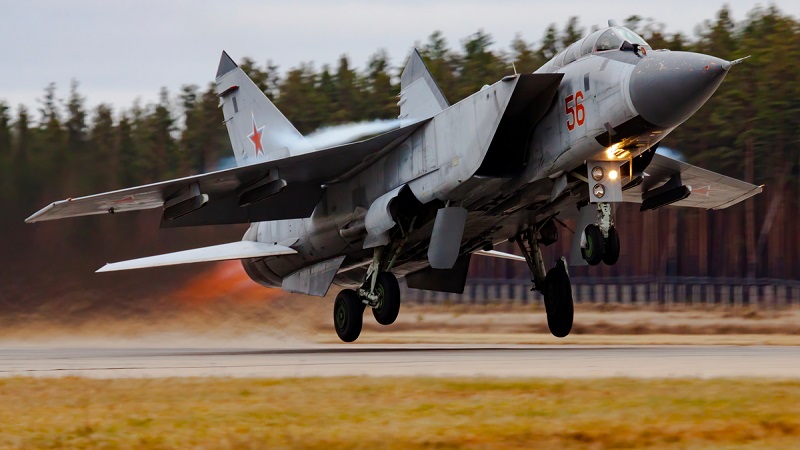
- Made in RUSSIA
- Cost: $33 MILLION
- Role: INTERCEPTOR
- Speed: MACH 2.83
Developed to replace the older but faster MiG-25 Foxbat, the MiG-31 Foxhound is a supersonic interceptor aircraft developed in the 1970s and still in service today.
While the MiG-31 could technically reach speeds of Mach 3.2 with risk of engine damage, its top speed limited to Mach 2.83 means the MiG-31 is still the second fastest fighter aircraft. fast in service today and is expected to remain in service for many years to come. While the MiG-25 was faster, it lacked maneuverability and was difficult to fly at low altitudes.
The MiG-31 was developed to be much more agile and easier to fly, although slightly slower.
8. F-15 Eagle - Mach 2.5 (2.655 km/h)
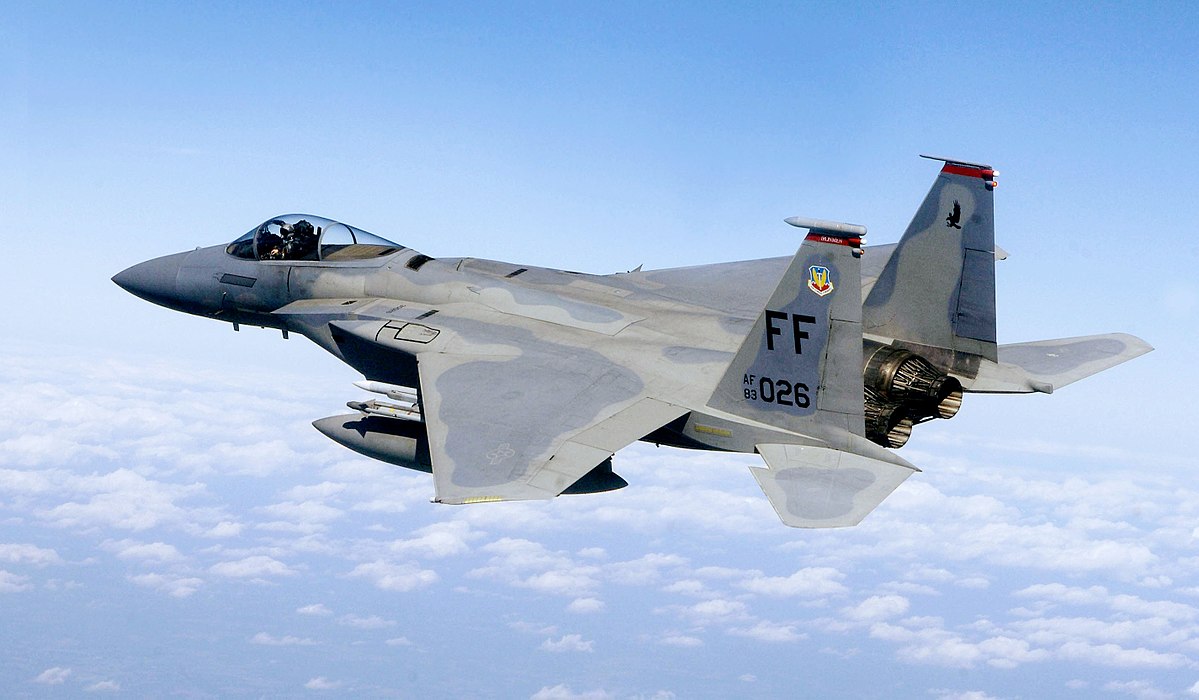
- Made in the USA
- Cost: $30 MILLION
- Role: MULTIROLE
- Speed: MACH 2.5
The McDonnell Douglas F-15 Eagle is the world's fastest multirole fighter with a top speed of Mach 2.5. Still in service today and adopted by many air forces, the F-15 is available in many different variants, including the F-15E Strike Eagle and F-15N Sea Eagle, to meet a variety of requirements.
Introduced in the 1970s, the F-15 remains one of the most diverse combat aircraft in the world, as well as one of the fastest.
During its development, the original requirement was to achieve speeds of Mach 3.0, but this requirement was reduced to Mach 2.5 to reduce costs.
Subsequently, the F-15 focused less on speed and altitude and more on air superiority, because the faster a jet can go, the more it has to compromise elsewhere, such as maneuverability. Currently, the F-15 has over 100 victories and no air combat losses.
9. F-111 Aardvark - Mach 2.5 (2.655 km/h)
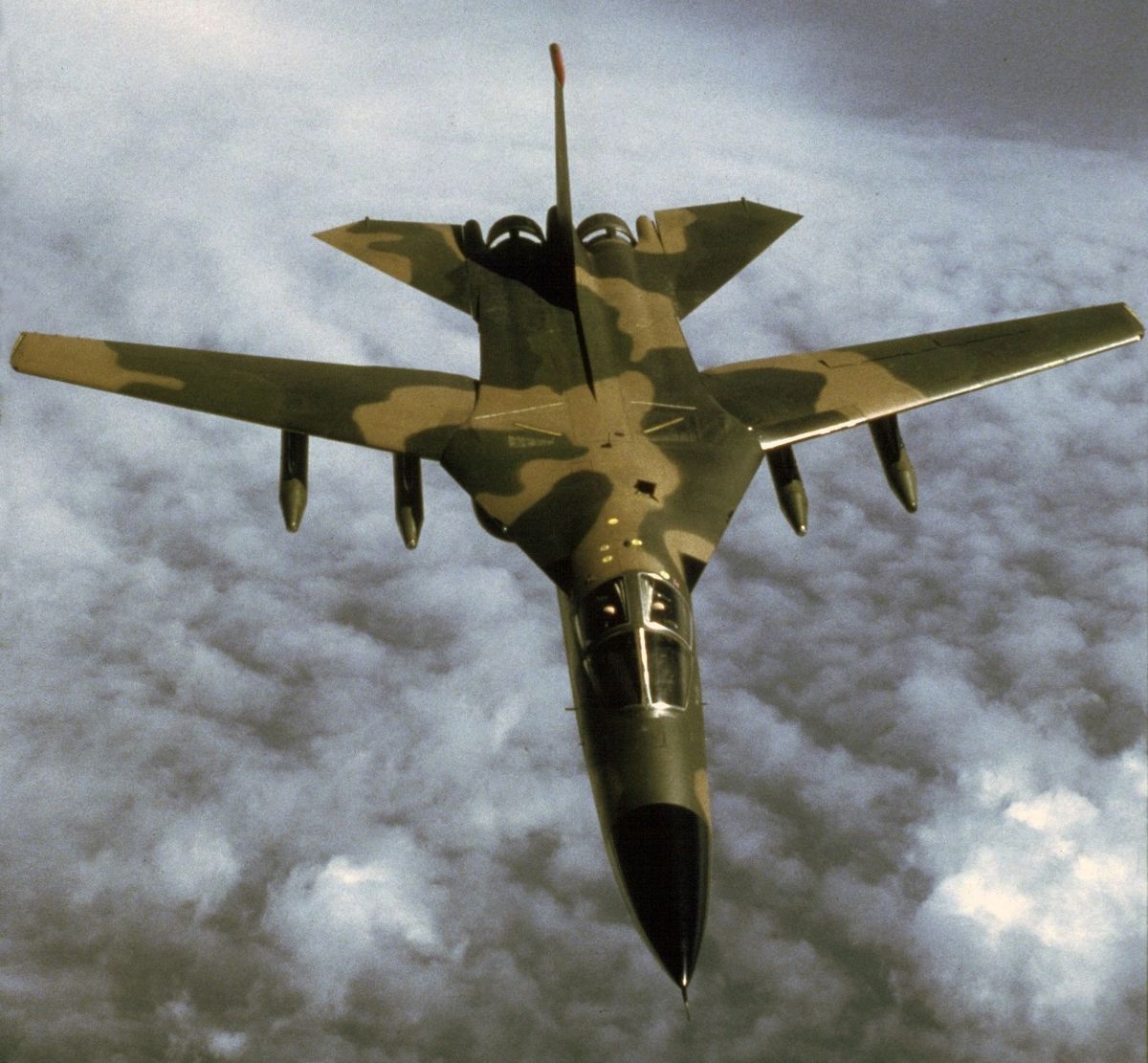
- Made in the USA
- Cost: $10 MILLION*.
- Role: BOMBER
- Speed: MACH 2.5
Introduced in the late 1960s, the General Dynamics F-111 Aardvark is a medium-range supersonic tactical aircraft used for multiple roles, but primarily as a fighter-bomber or strategic bomber.
It is no longer in service today and has been replaced by the USAF with the F-15E Strike Eagle for strike missions and while the supersonic bomber role has now been taken over by the B-1B Lancer.
The F-111 was the first jet aircraft to use many technologies, including variable-swept wings and afterburner turbofans.
10. Su-27 Flanker - Mach 2.35 (2,499 km/h)
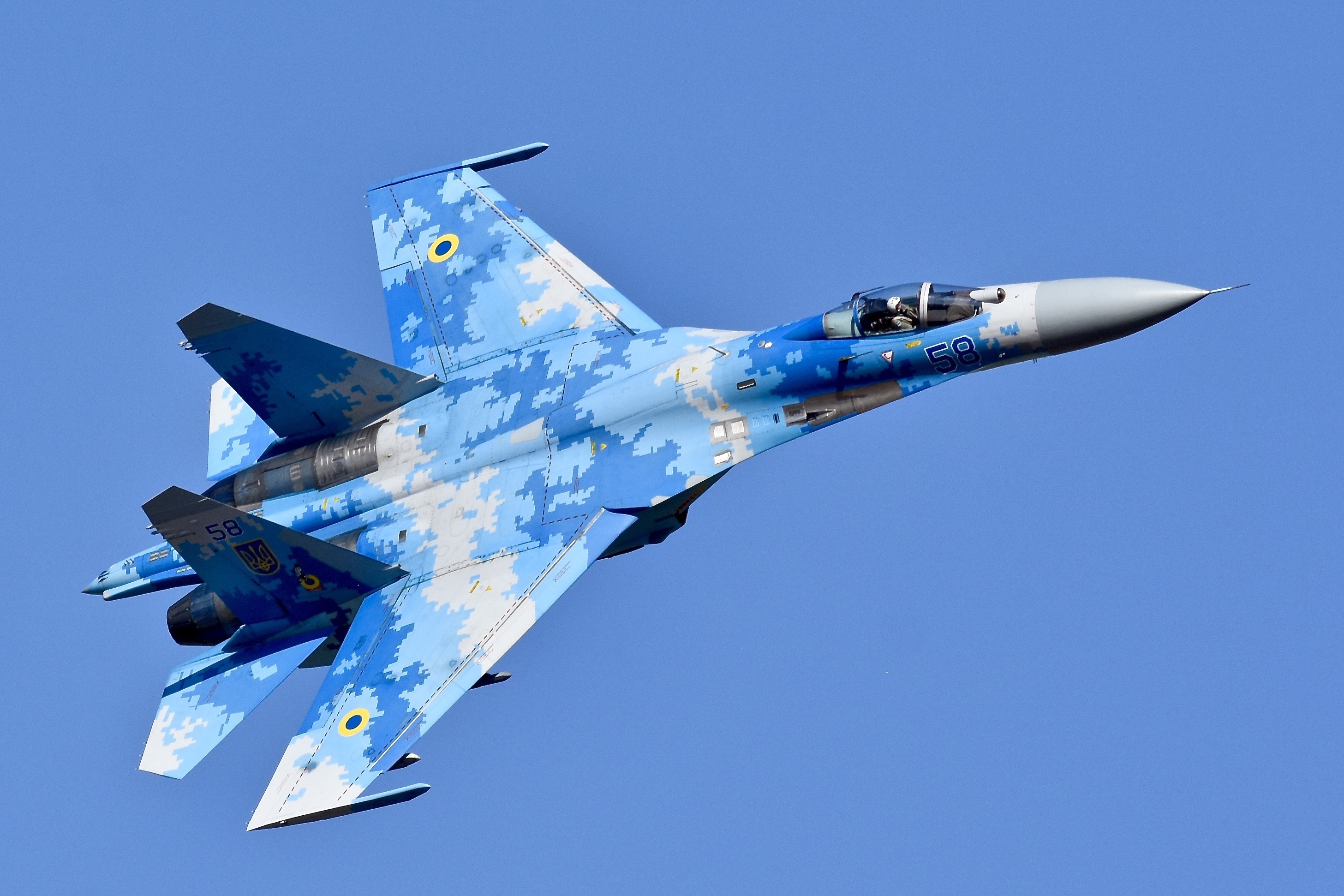
- Made in RUSSIA
- Cost: $41 MILLION*.
- Role: MULTIROLE
- Speed: MACH 2.35
With a top speed of Mach 2.35, the Sukhoi Su-27 Flanker completes our top 10 fastest jets ever produced.
Still in service today after being introduced in the 1980s, the Su-27 was designed as a direct competitor to the now retired F-14 Tomcat and F-15 Eagle as an aircraft. super maneuverable fighter.
There are many related developments of the Su-27, including the Su-30, Su-33 and Su-34, while the Shenyang J-11 is a license-built version of the Su-27 in China.
Like the USAF, the Soviet Union prioritized maneuverability over speed and altitude when developing the Su-27 as a response to the F-15.
1 comment


Bonjour,
Comment osez-vous classer le SR-71 et le XB-70 parmi les avions de chasse ? De quelles armes sont-ils équipés ? Votre méconnaissance des avions de chasse est gravissime et dénote une possible grève générale de neurones, ou, une inféodation maladive, il faut impérativement consulter, aux produits US.